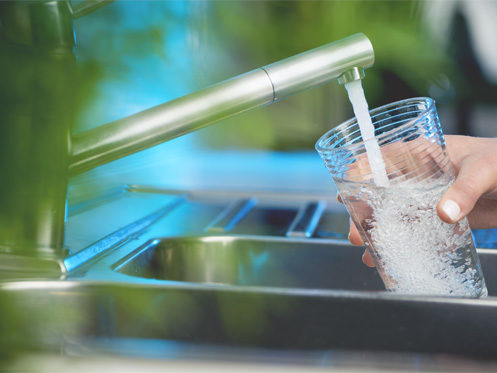It seems like only yesterday, but over 50 years have passed since I was feeding June bugs to frogs on our farm. Frogs and June bugs were everywhere. Where did all those frogs and June bugs go?
Birds sang loudly on our farm. There were so many back then. Fish in the Platte River could be seen crossing from shallow water to deeper water. I have not seen any all summer.
Fifty years ago there were considerably more frogs, insects, birds, fish, and the list goes on. What changed? Could it be pollution?
We tend to avoid talking about our dying environment. It’s easier to talk about Husker football and the fun things; however, it’s past the time to face reality and talk about our future existence.
I am not an environmental expert, but common sense indicates humans are killing our environment. Humans have found or made over 50 million chemicals and the speed of developing new ones is increasing. It took 33 years to get the first 10 million chemicals registered and nine months to get the last 10 million chemicals into the American Chemical Society database.
Chemical concentrations are also rising quickly. They eventually end up in our air and water. Let’s use the Lincoln community as an example of how we affect our drinking water.
Chemicals are used on vehicles, painting homes, for plush yards, killing insects, melting ice and snow on our streets, and the list goes on. Rain and snow “cleanse” our community into Salt Creek, which dumps into the Platte River by Ashland. The Lincoln Water System (LWS) has well fields in the area. We reap what we sow.
The good news is LWS has been very responsible for meeting drinking water standards, but as quantities of chemicals rise, how long will the quality of our water meet those standards? Do we truly know what the “safe” chemical levels are for each of us?
Alan Weisman, author of The World Without Us, approaches the environmental concerns we are facing by pointing out that every four days or so we are adding a million people to the planet! We may be on target to have over 10 billion people by the end of the century. Weisman feels our planet can safely support 2 billion people, which is what we had in 1900.
An article, “Warming not for the birds”, in the Lincoln Journal Star on Tuesday by Seth Borenstein of the Associated Press indicates global warming is forcing birds to move to other areas of our country to survive.
The “CO2 Rising at much faster rate” article recently provided to the Lincoln Journal Star by Joby Warrick of the Washington Post, tells us “carbon dioxide in the atmosphere rose at a record-shattering pace last year.” Carbon dioxide levels have increased by 40% since 1959!
Some discount the experts and their opinions, but the reality comes back to the question, “where have the frogs, insects, fish, birds, and other animals gone”?
Common sense points at humans and pollution. We need responsible solutions to reverse damage to our environment. We should use fewer chemicals while developing safer ones. We need more energy efficiency. There are many things we can do.
Air and water used to be our “friends.” Today air and water have become an enemy to some extent by providing a pathway for damaging chemicals to enter our bodies.
Chemical levels in our drinking water can be reduced to a much safer point by using a method called Reverse Osmosis (R.O.). The R.O. system is a small unit that is typically installed under the kitchen sink for approximately $550.00 including an additional faucet. R. O. water is great for cooking and even crystal clear ice.
Avoid bottled water in plastic bottles, because of the severe health risks associated with plastic.
Chemical pollutants in our air are known as Volatile Organic Compounds (VOCs). These chemical pollutants end up in our lungs, then blood and organs. Why is cancer on the rise?
Our air needs to be purified by improved air filtration. The Lennox Pure Air filter removes 95% or more of air impurities and the Trane CleanEffects removes 99.98%. There are others available too, so do your research.
Sorry if this article is a little too serious for some, but the reality is loved ones are dying too young because of our environment. Improving our air and water quality needs to be taken seriously before it’s too late if it isn’t already.

